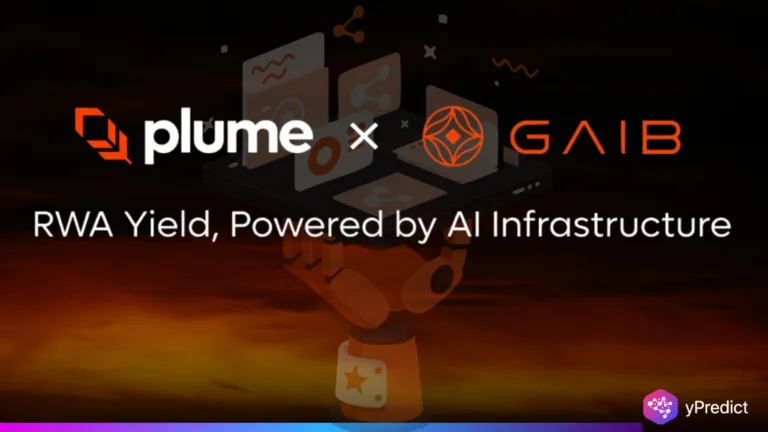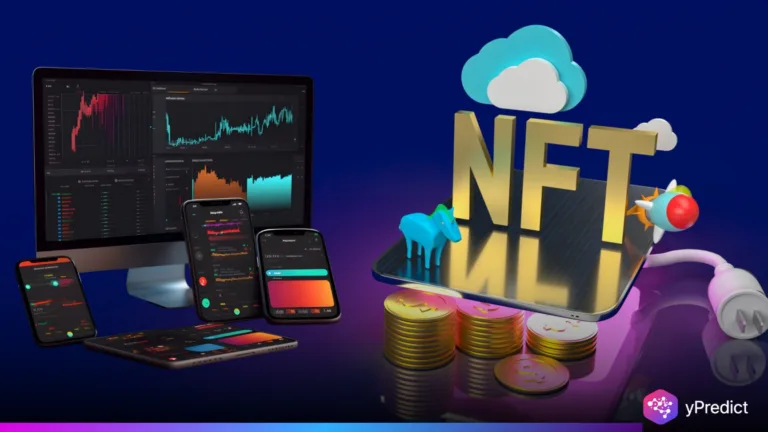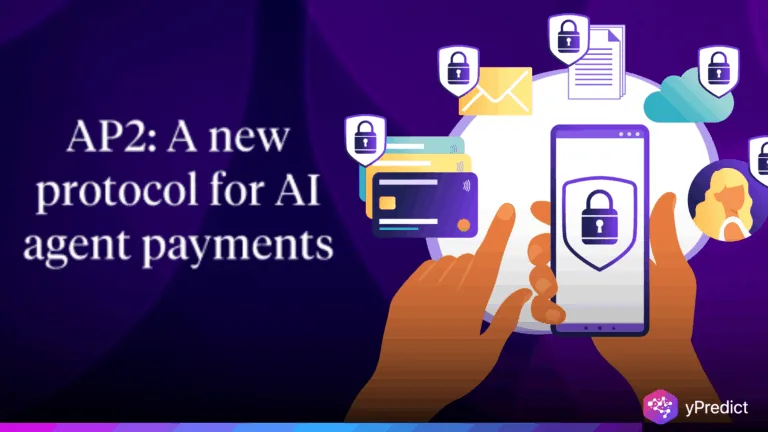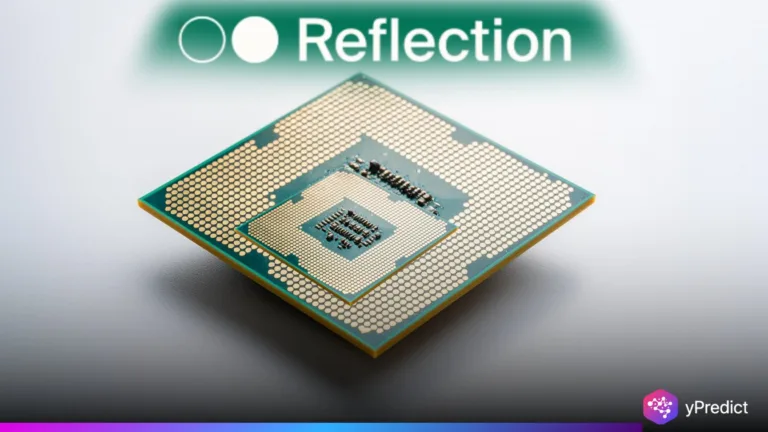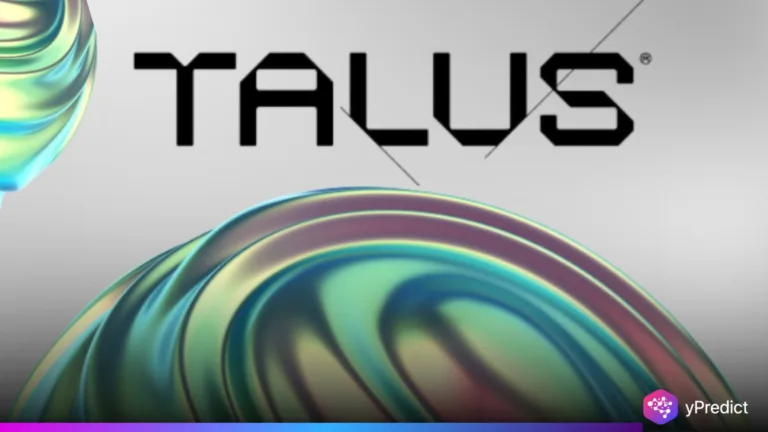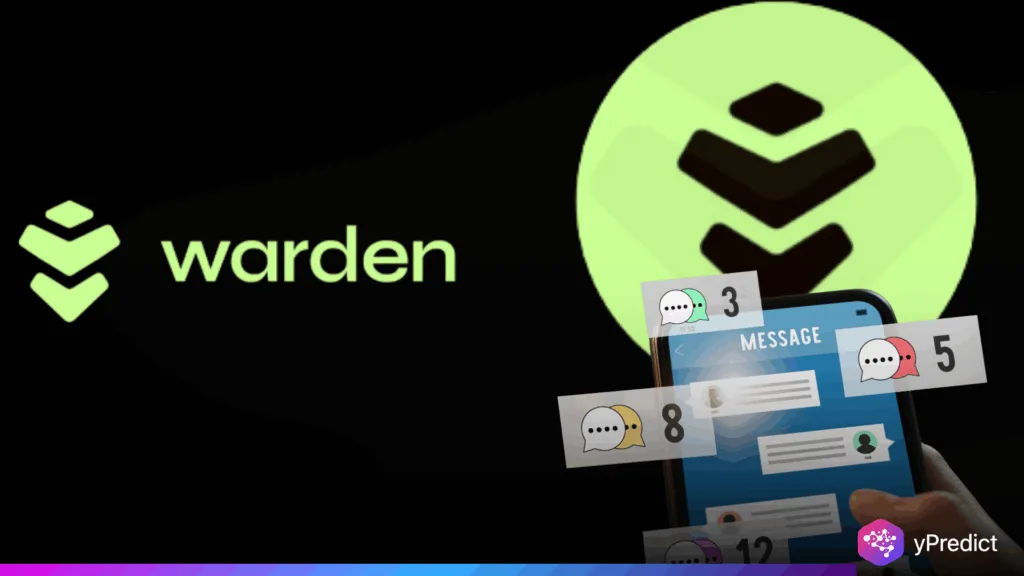
Warden recently passed the 10 million user milestone. That’s astonishing for any blockchain project — let alone a beta one. The platform mixes AI + crypto in a human way–users send chat commands to shift assets cross-chain: Ethereum, Solana, or Base. No code. No wallets buried in menus. Just plain messages that work. It’s fast, intuitive, and secure. That simplicity explains the user explosion. But the milestone also symbolizes something bigger — they want AI to make crypto easier, not harder. Warden’s growth shows that’s the path forward for Web3.
Inside Warden’s AI-Blockchain Design
What makes Warden special? It distracts you from blockchain with chat. You scribble ‘Send 0.1 ETH to Alice’ and AI handles all the rest — gas, addresses, confirmations, etc. The platform supports Solana, Ethereum, Base, and BNB Chain. Users don’t switch wallets or make extra copies of keys. They just talk.
Security comes from smart design. For each user, we issue an on-chain wallet linked to their pro-verified identities. AI agents follow transactions — spotting fraud or anomalies in real time. It’s like a watchdog that never sleeps.
Warden also bridges into partners like MessariCrypto, AskVenice, and Hyperlane. These integrations enable users to query analytics, trade tokens, or retrieve on-chain data without leaving the chat. Every order is transparent–users can verify transactions on-chain.
This makes crypto usable by anyone, not just developers. It’s what crypto should’ve been years ago — easy, secure, and social. The union of AI and blockchain feels natural here, not forced. Every update adds functionality, not breaks it. That’s rare in Web3. And it’s paying off.
The $WARD Token and What’s Next
Next is $WARD—the platform’s native token. It’ll fuel staking, governance, and access. Call it the chocolate to your peanut butter of immersion. $WARD holders could get fee discounts or early access to new AI agents.
But it’s not just another token drop. The plan connects directly to Warden’s on-chain economy. Each user wallet was already pointing to an agent ID. And once $WARD gets going, those agents can handle micro-payments and data access fees without centralized permission.
It additionally runs an Agent Hub–7 AI agents hang out there at the moment. All of them have a niche: exchanging assets, wallets, or portfolio views. More are coming. And before long, agents will even trade NFTs or execute DeFi strategies for users.
There’s also an education angle. The team is also experimenting with “Learn-to-Earn” modules in which users accomplish blockchain-related activities and get paid mini $WARD bounties. It’s brilliant–it teaches people about crypto by letting them live it. That combination of AI ease, actual wallets, and motivation is what brings Warden to life.
Conclusion
Warden’s 10 million users are not just a number. They’re proof that simplicity wins. People want naturally compelling crypto. That’s what the mix of chat, AI, and safe on-chain operations delivers. With $WARD launching soon, the project enters a new chapter—one in which tokens, agents, and users build together. The key challenge? Secure and scalable as distance needs grow. But if early returns mean anything, Warden’s momentum is legitimate. It’s not hype, it’s usability. And that’s what the next wave of Web3 will power — tools anyone could use, not just tech insiders.

